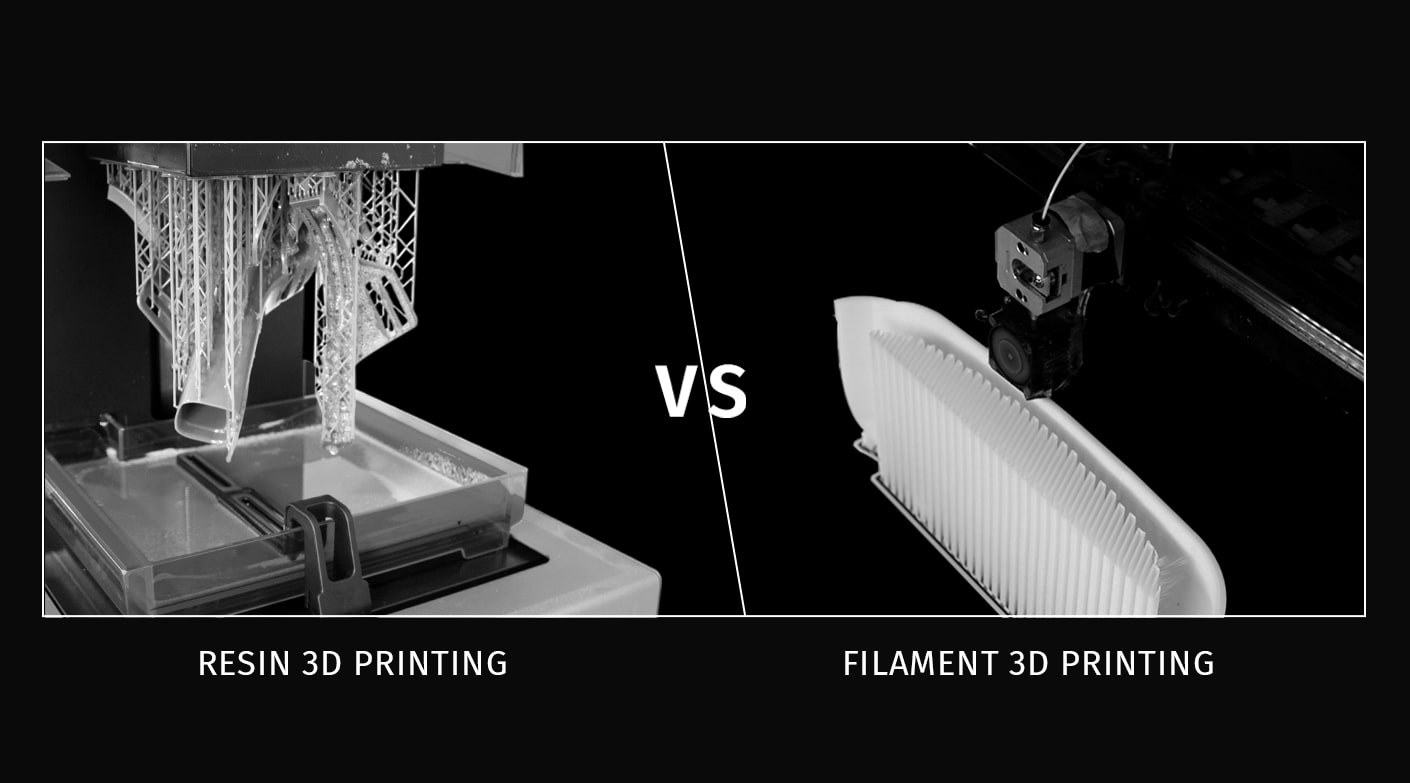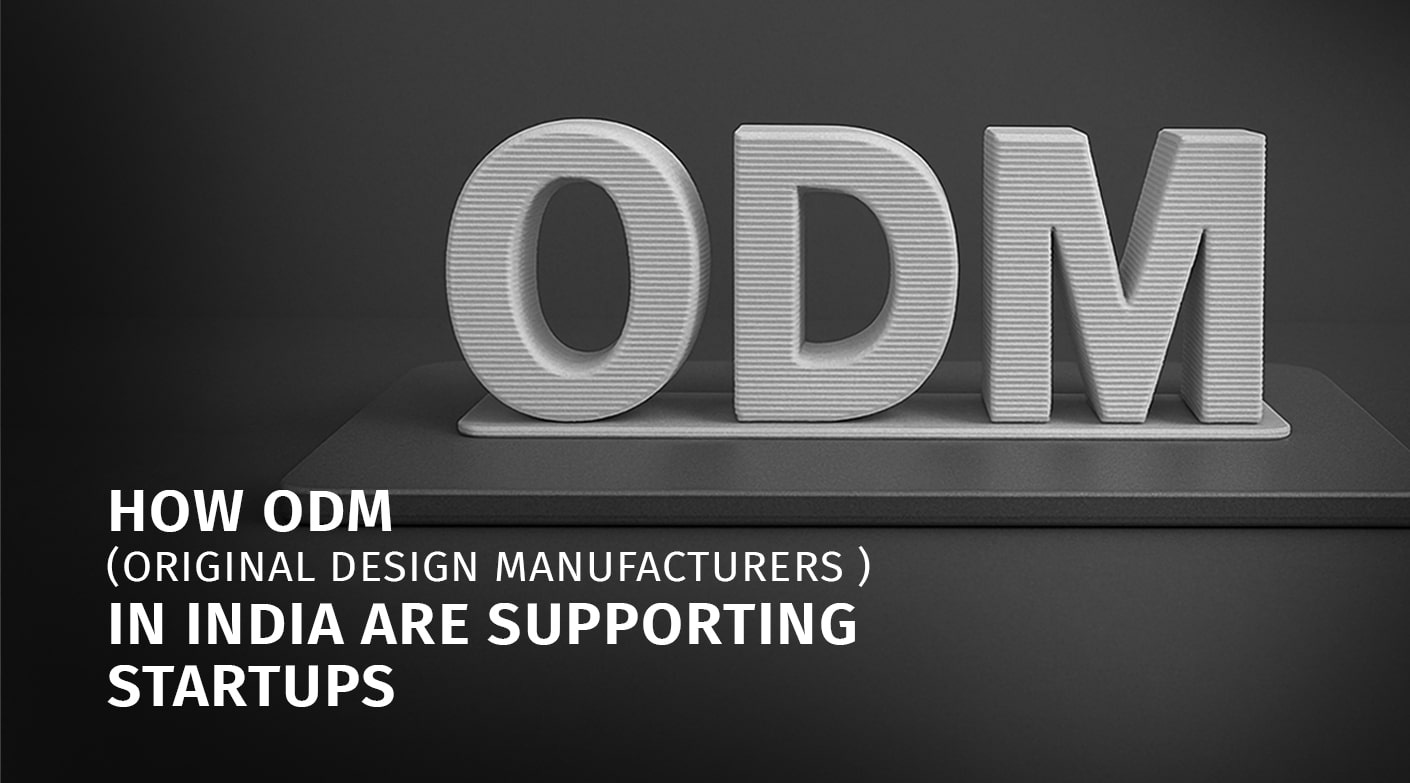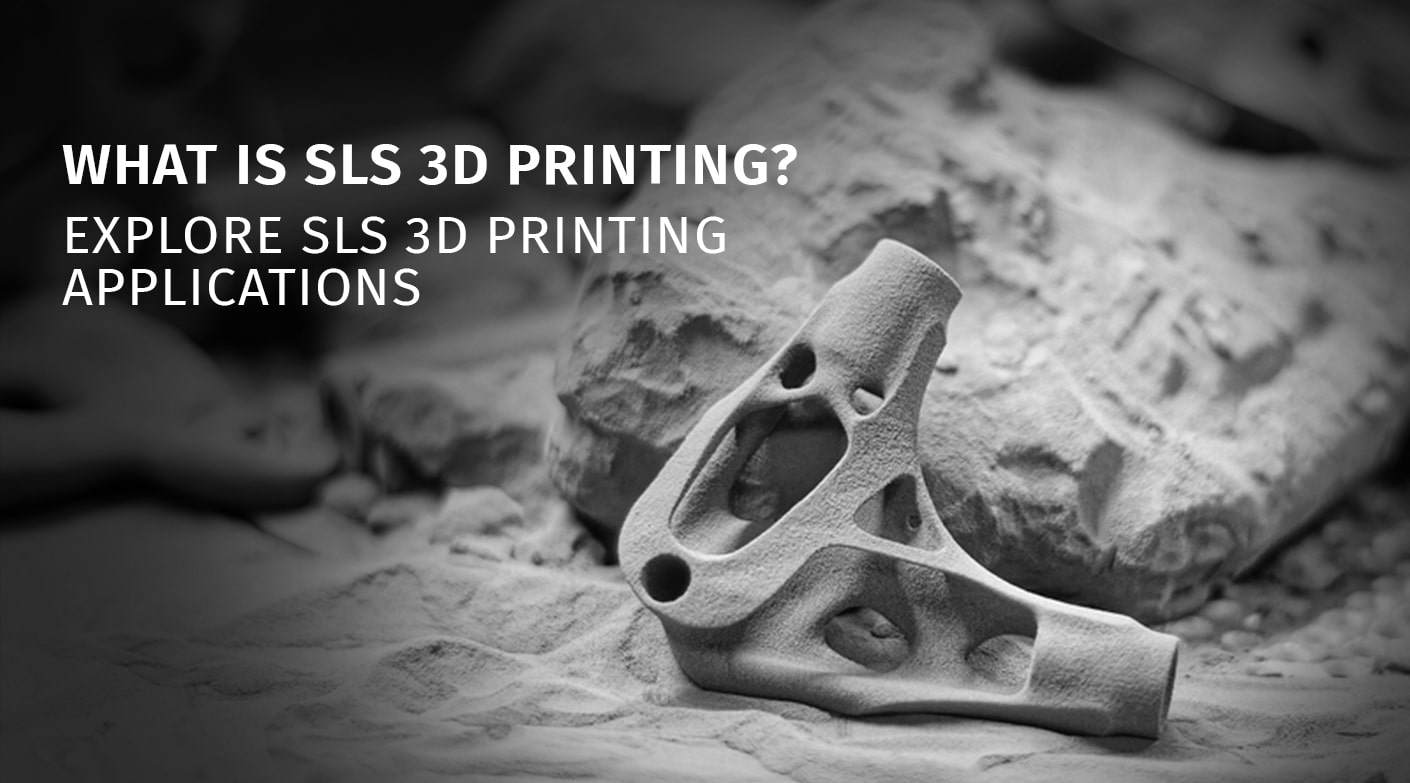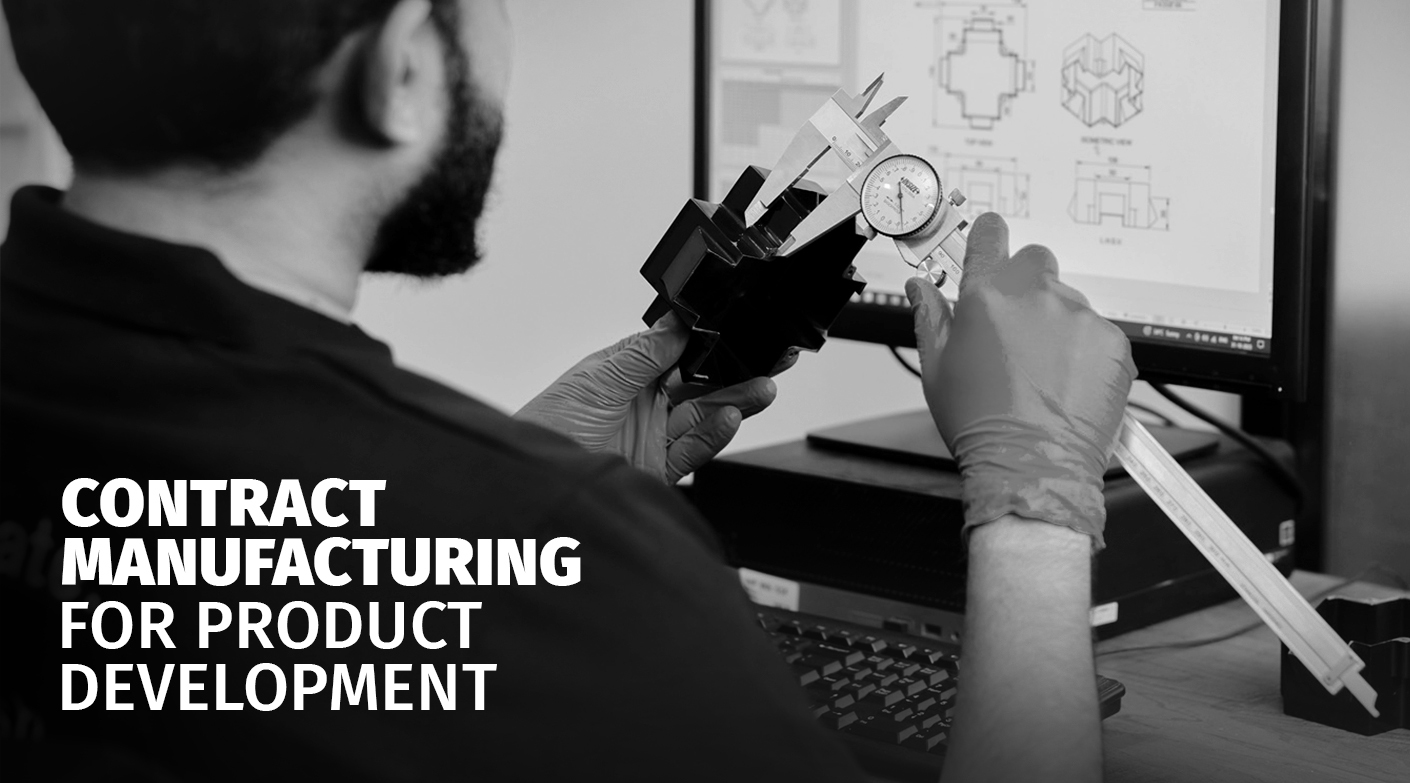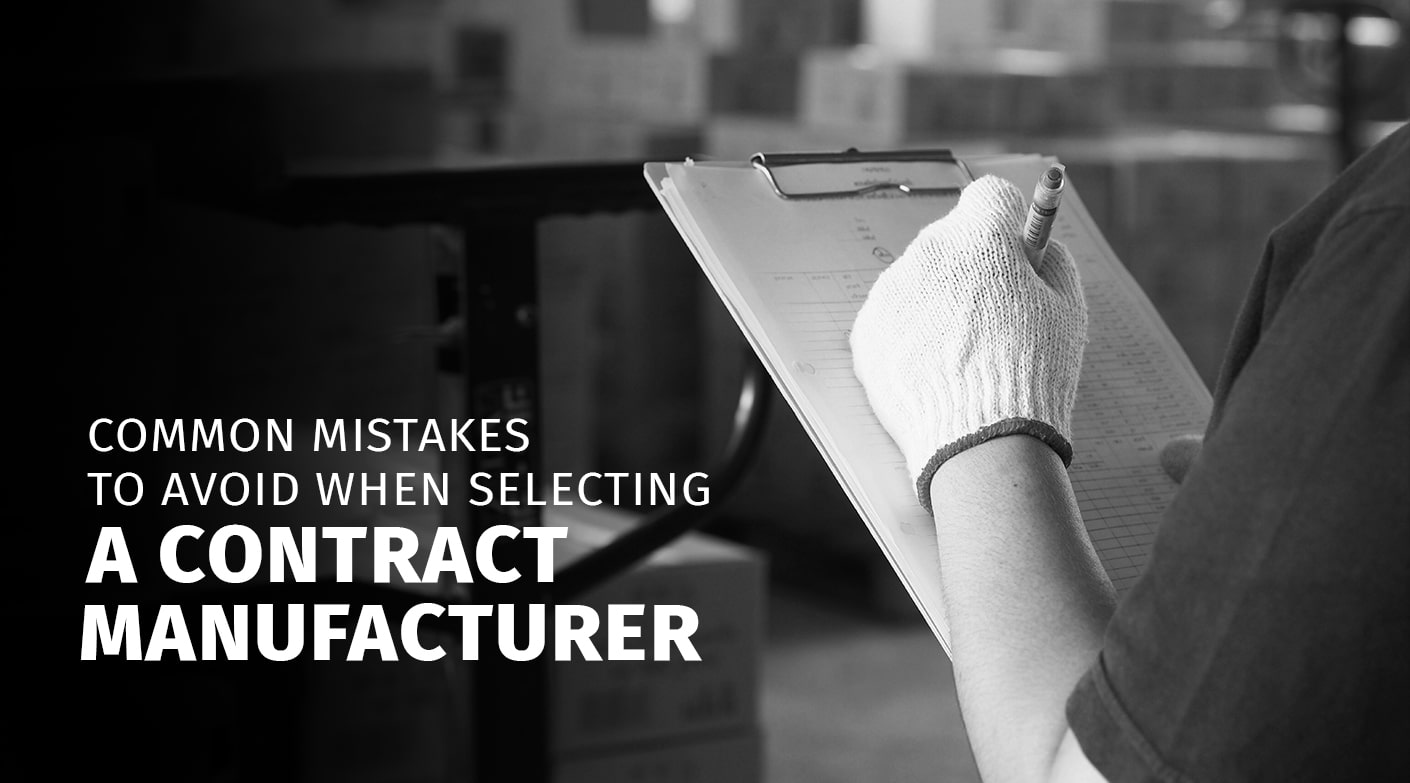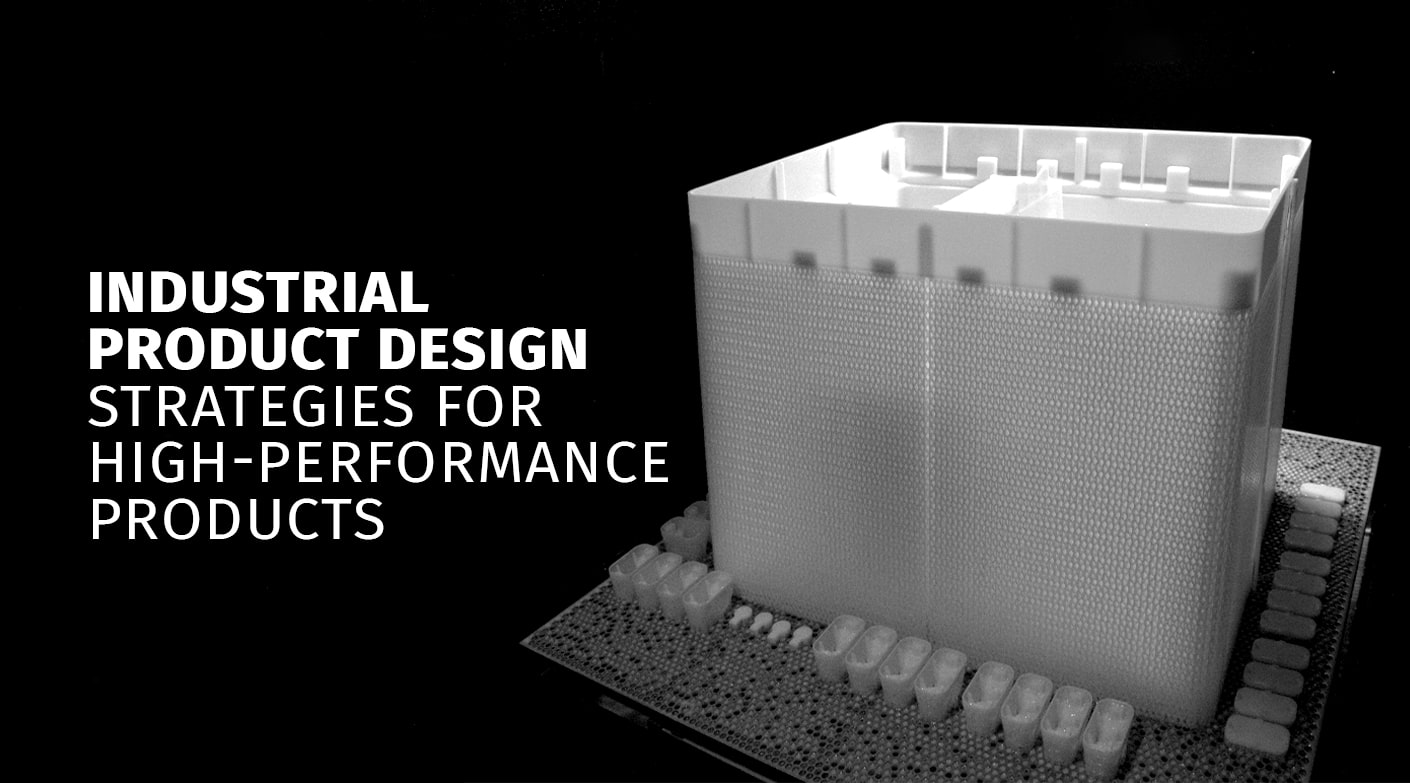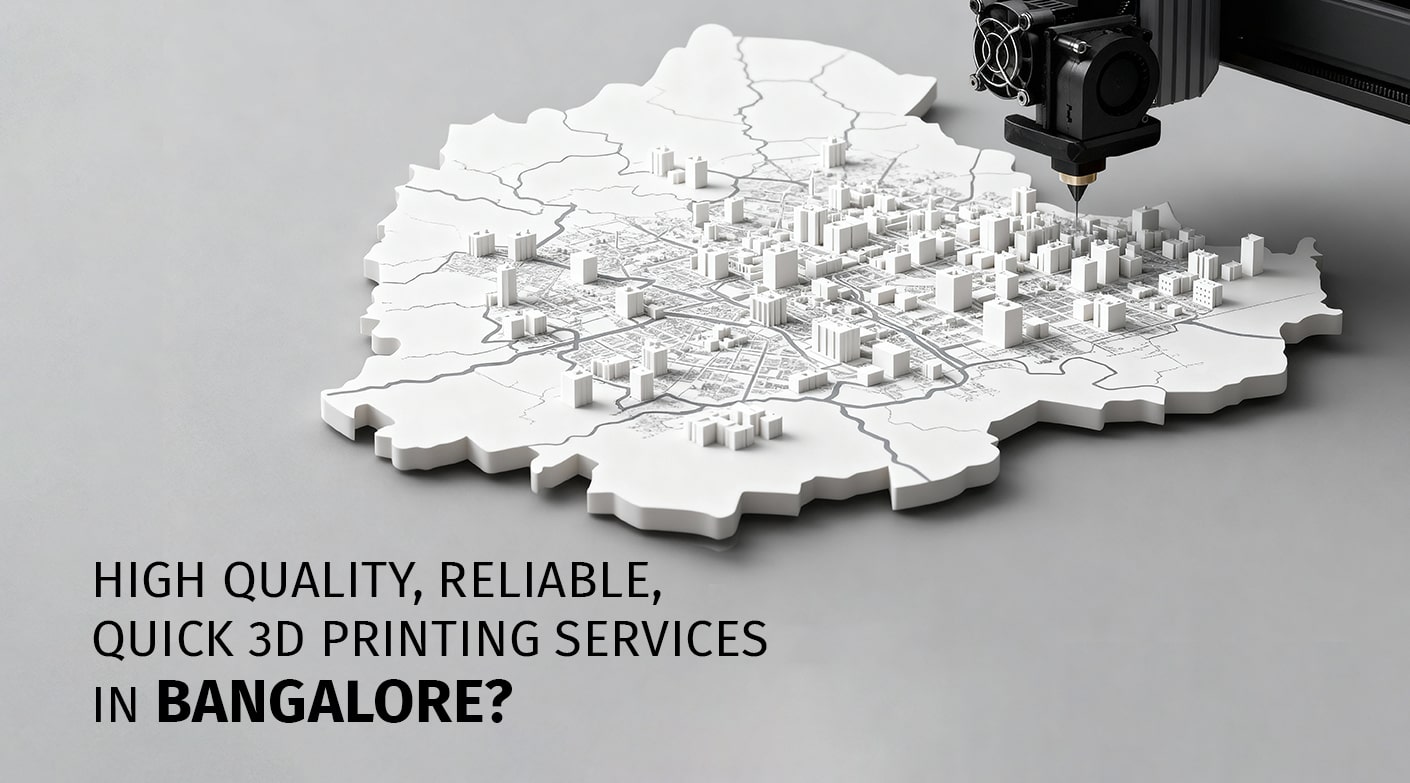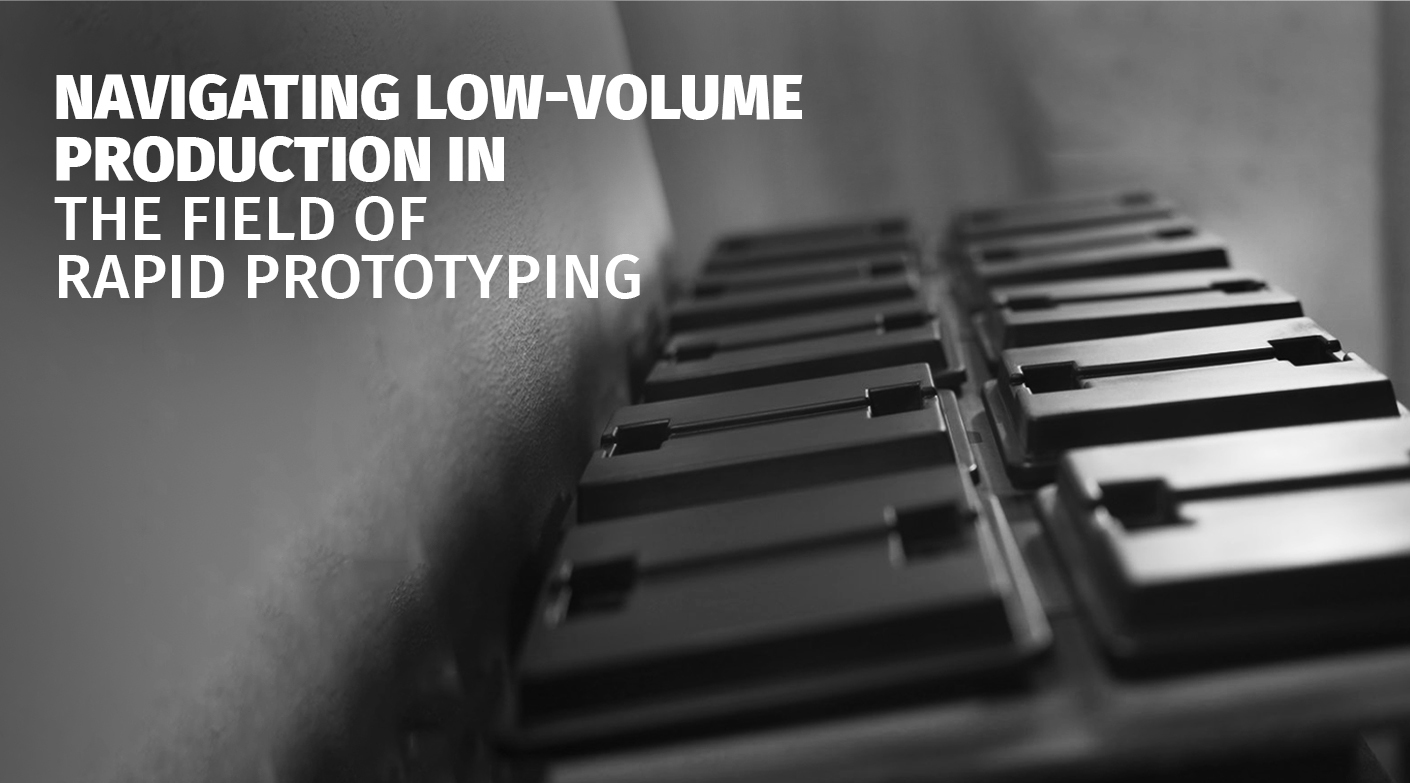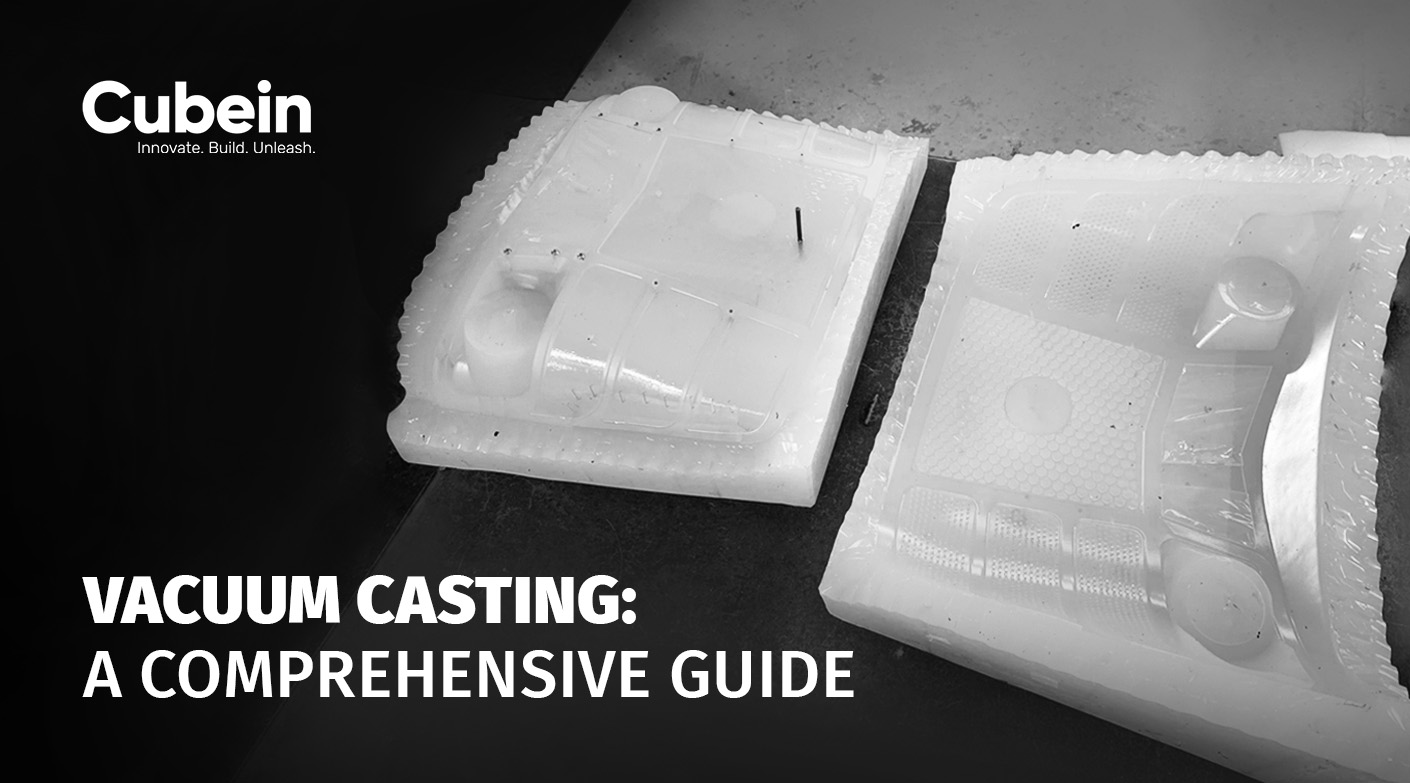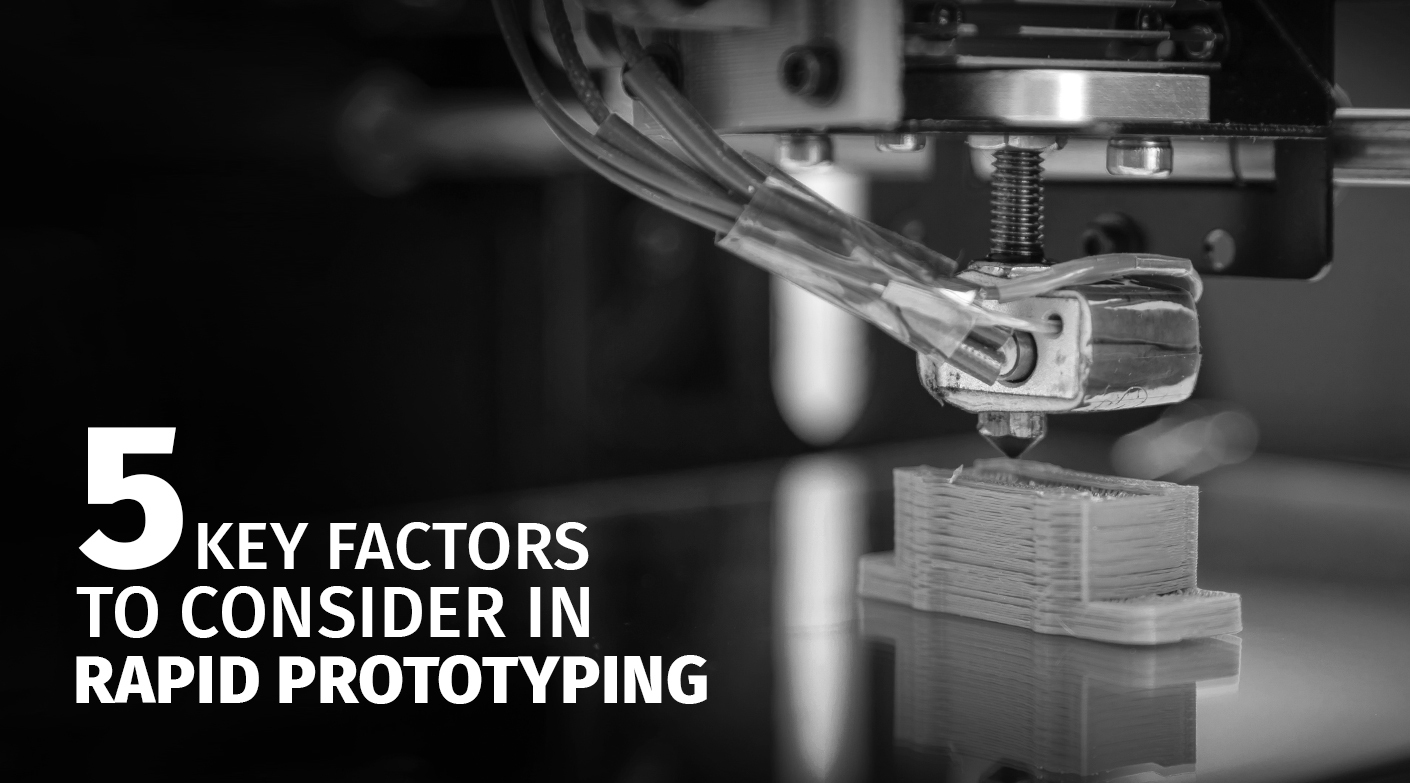As automation and innovation drive the competitive business landscape, the need for game-changing technological processes continues to grow. 3D printing is one of the processes that is transforming almost every industry, and the automotive industry is no exception.
3D printing in the automotive industry is used, from early design to mass production, to simplify processes, save money, and customize products and their performance. Due to the power of digital manufacturing, it has been witnessed how 3D printing services in India is radically changing the traditional making of products.
Take a closer look at how 3D printing transforms the automotive industry and its role in driving the future.
3D Printing as a Strategic Imperative in the Automotive Industry
The adoption of additive manufacturing, or 3D printing in the automotive industry is no longer experimental, as it has become a key strategy. According to the growth projections in the automotive 3D printing market, the market will stand at USD 7.9 billion by 2027 with a CAGR of 21.7%.
Automakers are increasingly using 3D printing to speed up the development of their products and personalize parts of their vehicles, from concept models to actual working parts. Using this technology, designers and engineers can prototype new ideas in very short periods and see their success in only a few days, rather than waiting for weeks.
| Manufacturers like Ford have produced almost 50000 parts with additive technologies, which has led to huge savings in prototyping costs and much shorter turnaround times. |
Furthermore, companies such as Porsche and BMW embrace 3D printing to develop end-user vehicles; this technology is changing the way vehicles are designed, put together, and personalised. With electric vehicles and lightweight designs in the forefront, the flexibility that 3D printing provides will inevitably be essential in creations for the next generation of automotives. Its integration is not only a requirement but also a key strategy for future developments.
Applications of 3D Printing in the Automotive Sector
#1 Faster Prototyping and Design Iteration
High-speed prototyping emerges as the most important advantage of using 3D printing in the automotive field. In the past, the technology was not robust, and it took a lot of time to develop a physical prototype, sometimes several weeks or several months.
Automotive engineers are now able to build various impermanent design drafts right away using 3D printing, which facilitates the testing, validation, and imaginative development of prototypes. For example, BMW uses 3D printing to make prototypes to test aerodynamics, saving extensively on the development time.
# 2 On-Demand Production of Spare Parts
Imagine ordering a rare part for your classic car and receiving it, 3D printed, within 2 days; this is not a future concept, but it is already happening due to 3D printing. Conventional manufacturing requires the maintenance of large stocks of hard-to-sell spare parts.
By utilizing the 3D printing technology, firms are able to reduce the production of parts on demand, eliminate the need to put goods in storage, and ensure that the legacy parts for cars will never run out of stock again.
#3 Customization at Scale
Whether specialized interiors or increased performance are required, 3D printing allows automotive manufacturers to attain large-scale customization. With the 3D printing technology, manufacturers can customize parts on a comparatively large scale with minimal investments in tooling changes and extended machine changes.
For instance, Porsche presents an innovative way of developing bucket seats by using 3D printing. These 3D-printed bucket seats are molded to match the shape of each driver.
#4 Weight Reduction and Performance Optimization
Using 3D printing technology, complex and lightweight structures can be built, an achievement that cannot be achieved with conventional manufacturing methods. Such engineering is important in improving the range and dynamic capabilities of vehicles (both electric and sports vehicles).
| Bugatti is at the forefront of the automotive industry. With the help of modern 3D printing technology, Bugatti creates a very high level of accuracy at 0.1 millimeters. With this breakthrough, Bugatti can make very robust but thin pieces, such as a 100-gram titanium pushrod capable of withstanding 35 tons of force.
With the help of bionic-inspired and hollow structures, Bugatti improves the structural integrity and, at the same time, reduces the overall weight. These advanced performance and efficiency in its hypercars constitute a vivid testimony of how 3D printing is revolutionizing automotive engineering. |
#5 Cost-Efficiency in Low-Volume Production
In the creation of low-volume models or specialty models (including racing cars and concept vehicles), 3D printing in the automotive industry allows for avoiding expensive molds or dies. This reduces costs per unit to make the manufacture of limited volume cost-effective. Automotive manufacturers can also print nearly complete 3D-printed car bodies, emphasizing the efficiency and adaptability of this technology.
#6 Tools and Jigs Made for Custom Assembly
Although 3D printing in the automotive industry is applied extensively to end-use products, this technology has a strong record in the production of assembly tools, jigs, and fixtures. Therefore, the overall productivity rises, tasks are carried out more accurately, and manufacturers provide a safer workplace for their assembly personnel. Using 3D printing for assembly tools helps automotive companies in annual savings.
3D Printing and the Future in the Automotive Industry
The diffusion of 3D printing technology is revolutionizing the automotive industry. The world’s major automakers are devoting greater resources toward additive manufacturing to enhance design flexibility and lower costs, with 3D printing being the major player for prototypes.
Different government incentives and foreign direct investments in the automotive field have also promoted the addition of 3D printing technology in their manufacturing processes. The cost reduction of production and continued development of 3D printers make it easier to introduce large-scale manufacturing processes. Automakers can use these innovations to streamline sourcing networks and appropriately accommodate changed market requirements.
Traditional car manufacturing processes are often limited by lead time requirements and tooling constraints. On the contrary, additive manufacturing allows rapid adjustments to designs and the ability to generate intricate designs as required and is perfect for manufacturing parts for electric vehicles, customized interiors, and high-performance parts.
A shift to 3D printing slashes production times dramatically, and that counters such impediments as inventory gaps, scalable customization, and sustainability, which enhances a more adaptive and visionary automotive industry.
Driving the Future with 3D Printing
The future of the automotive industry depends on flexibility, speed, and intelligence, and 3D printing inherits all these qualities. At Cubein, one of the top companies providing 3D printing services in India, our mission is to help businesses incorporate 3D printing with their core strategy of innovating products, reducing costs, and helping to create a greener future.
For the world’s foremost global Original Equipment Manufacturers (OEMs) or cutting-edge startup companies that want to lead the charge when it comes to the next generation of electric cars, 3D printing provides an opportunity to build smarter or faster than ever before.
| Ready to advance your automotive 3D printing process, from the product design to production-ready components? |





